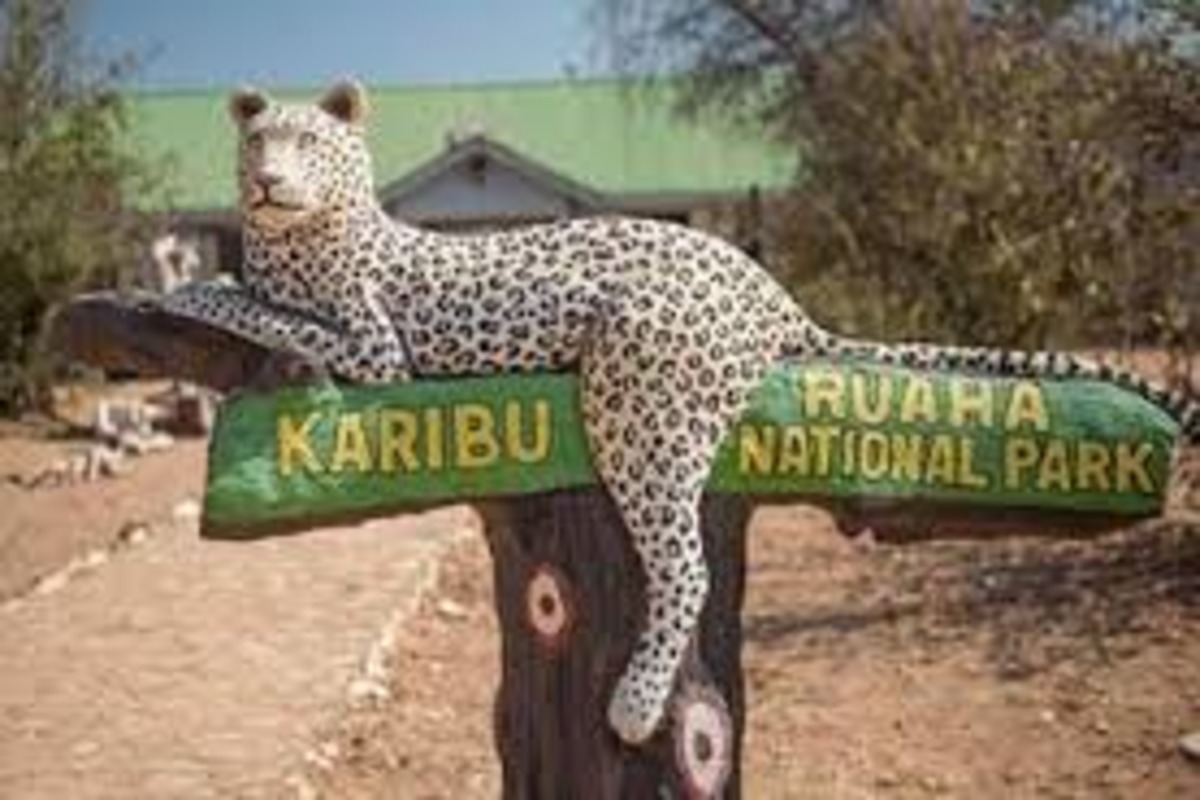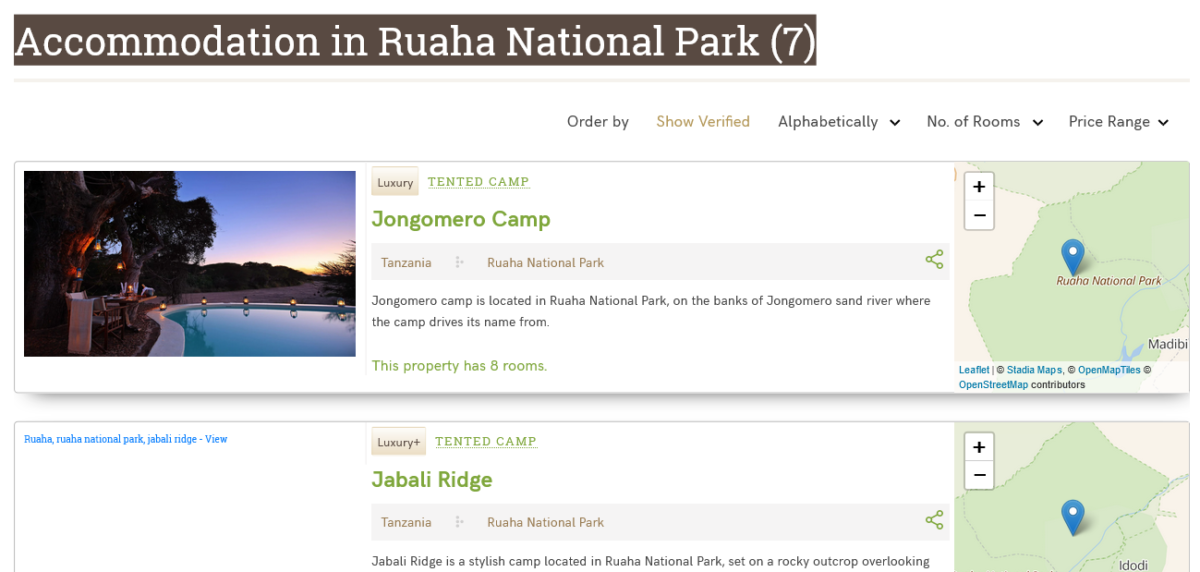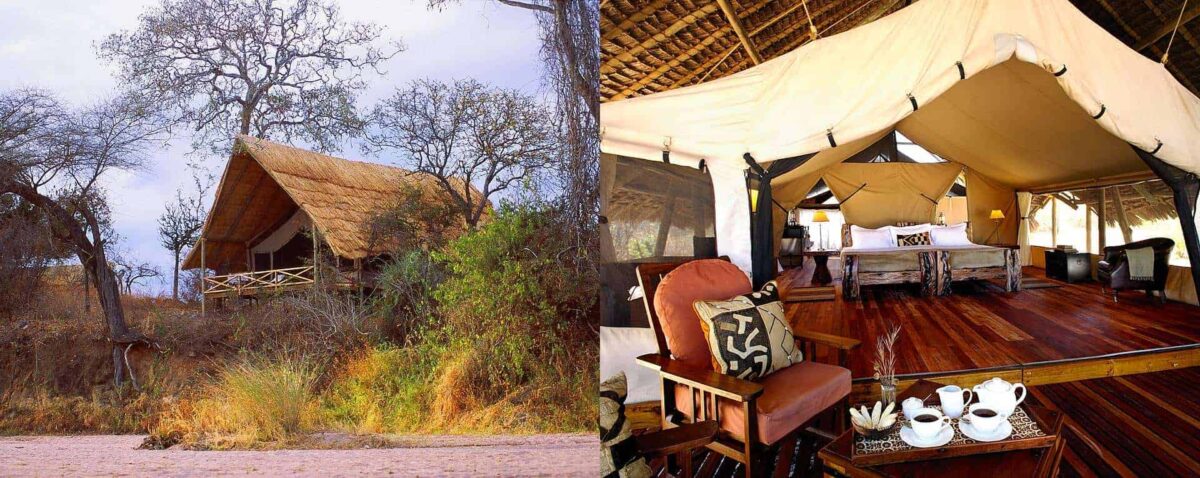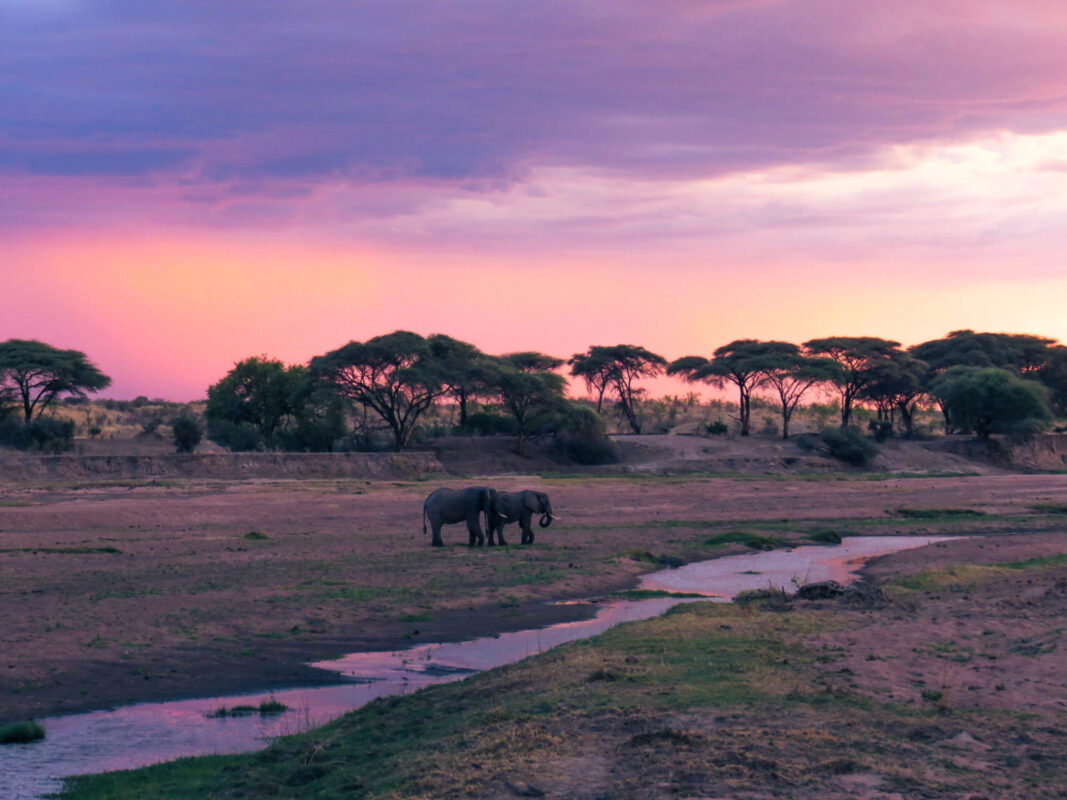JIUNGE NASI WHATSAPP TU FOLLOW. BONYEZA HAPA
Ruaha National Park Entrance Fee | Accommodations | Reviews |Hotel and Lodges
Ruaha National Park Entrance Fee | Accommodations | Reviews |Hotel and Lodges Welcome Ajiraforum.com in this Ruaha National Park Article you will Find The fees to enter on National parks, Accommodations ,Hotel and Lodges,Revies and safaris photos from Ruaha National Stay with us.

Usangu Game Reserve’s borders with Ruaha’s united in 2008, creating Tanzania’s largest national park, which currently spans more than 20,000km2. The fact that there are so few camps here, despite the magnitude of the park, has helped Ruaha earn the title of Tanzania’s best-kept game viewing secret.
Ruaha stands out from other reserves due to its wild and untamed atmosphere, which makes it a popular choice for regular east African safari travelers.
Accommodation in Ruaha National Park (7)

Check here list of hotel & lodge in Ruaha national parks
Ruaha National Park Hotel and Lodge
There are many tiers of Ruaha safari lodging both inside the national park and nearby. These are either lodges or tented camps, with accommodations ranging from first-rate, luxurious suites with every amenity to deluxe and basic lodgings amid pristine wilderness. based on the quality of the accommodations, the area, the amount of exclusivity, the rules, the service, the amenities, the food, and many other factors.
In one of the eight boutique tented suites at Jongomero Camp, which is located in a remote area of the southern wilderness 70 kilometers (44 miles) from the next nearby settlement, you will experience the pinnacle of Tier 1 luxury and excellent living.

Without another jeep in sight, you will be completely by yourself as you follow in the footsteps of the early explorers. The rooms are attractively uniquely equipped, with daybeds, safari tables, and chairs, and are situated on high polished wood decks that extend to make sizable thatched viewing verandahs. Since the goal is to avoid gadgets and recreate the colonial ambience of real East African travel in a bygone era, there is always hot water and power but no Wi-Fi.
Your status as a distinguished and appreciated guest is reiterated by the swimming pool, bar, dining room, library, and lounge. The standard of guiding is unrivaled. You can reserve in advance fly-camping expeditions with expert guides and park rangers to experience the true depth of the nature (read more on when is the best time to visit Ruaha).
Without another jeep in sight, you will be completely by yourself as you follow in the footsteps of the early explorers. The rooms are attractively uniquely equipped, with daybeds, safari tables, and chairs, and are situated on high polished wood decks that extend to make sizable thatched viewing verandahs. Since the goal is to avoid gadgets and recreate the colonial ambience of real East African travel in a bygone era, there is always hot water and power but no Wi-Fi.
Your status as a distinguished and appreciated guest is reiterated by the swimming pool, bar, dining room, library, and lounge. The standard of guiding is unrivaled. You can reserve in advance fly-camping expeditions with expert guides and park rangers to experience the true depth of the nature (read more on when is the best time to visit Ruaha).
Less lavish Mwagusi Camp, at luxury Tier 2, is a lovely campground of thirteen tented cabins that were each uniquely created to blend with the Mwagusi Sand River scenery. The finest period for bird watching is during the wet season, and Mwagusi is one of the few camps available during this time.
With twelve Meru-style canvas tents in an acacia wood along a sand river that is utilized by migrating species as a game corridor, Mdonya Old River Camp, at value Tier 3, offers a straightforward, real safari base like those of hunters in the colonial era. In permanent wood and stone structures with fly proofing, comfy mattresses, en-suite bathrooms, and indoor and outdoor sitting areas, lodges in Ruaha provide all the essential luxuries.
Financial Tier 3 The twenty-eight spacious, airy bandas at Ruaha River Lodge are each individually equipped. A massive, opulent thatched-wooden lodge with a restaurant, lounge, bar, and library sits above the river and offers breathtaking views of the Great Ruaha River’s rocky bed and the distant Ruaha Escarpment. The proprietors, the Fox family, are eager to impart their passion of Ruaha and dedication to conservation. They provide guided walks and fly camping excursions in Ruaha and educate the best game guides.
Within Ruaha National Park, there are tented lodgings and lodges at all price points, in a range of locations, with a variety of goals and activities, so you may pick the base that best suits your needs. All are unfenced wilderness areas that are frequented by a variety of species.
Best Time to Visit Ruaha National Park

Ruaha National Park is open all year long, but the dry season, which lasts from June to October, when animal congregates near water sources and is simple to spot wildlife in the arid, golden environment, is when most tourists arrive to intrepidly travel East Africa. Amazing concentrations of various species are concentrated in the sandy riverbeds: lions by the tens, baboons and antelopes by the dozen, lions by the hundred, buffalo and elephants by the hundred, and lesser mammals by the ones and twos.
With the sun shining all day and little chance of rain, the dry season is also the most well-liked period to go on safari in Tanzania’s wilderness with AfricanMecca. In comparison to the rains, the weather is colder and less humid, and there are less mosquitoes around.
Ruaha is still completely undiscovered, a secret jewel to be closely guarded by the few who know and appreciate the benefits of isolation in an unspoilt paradise. Even though this is peak season, you will hardly ever see another jeep because the few available camps and lodges are widely scattered. Ruaha’s outback may be dry and dusty during this time of year, making a refreshing drink and a soak in the pool at camp all the more appealing.
November brings rising temperatures and nightly lightning that illuminates pastel-hued caverns in accumulating cloud. To feel the nearly hysterical relief of the workers who live here and the blossoming life force recreating itself in plants and animals, you may share the pleasure of standing in the open as rain comes towards you across the savannah.
The wet season, which lasts from November to May, is when wildlife is most abundant, dry sand rivers turn into torrents, and dry miombo woodlands turn emerald green and luxuriant. The breeding season for the majority of ungulates and predators provides lovely glimpses of new life. A carpet of spring flowers ignites into rainbows, butterflies and birds dazzle the eye.
Even elephants engage in romance, with the male giving his partner a gentle headbutt and placing his loving trunk across her shoulders. The textures and scents of fresh growth after months of aridity are appreciated by many experts on African bush tourism, who view this as the greatest time to go. But only a small number of dedicated bird watchers travel to Ruaha in April and May, when there are many hotels closed due to the heavy rains.
Since Ruaha was enlarged in 2008 to include the Usungu wetlands, straddling the migration pathways of bird populations from all four points of the compass, over 570 species have been identified there (view map). The cheapest time to visit Tanzania is also the time when you will feel the most alone in the soul-refreshing nature.
VIDEO:Amazing Safari in Ruaha National Parks Tanzania
FAQ Ruaha National Parks
Where is Ruaha National Park located?
What are the unique in Ruaha National Park?
Along the river you often find large herds of elephants and buffalo, and hippos and crocodiles live in the river. Many other impalas, waterbucks, lions, leopards, the Greater Kudu Antelope and wild dogs live in Ruaha National Park. It is also a amazing park for bird lovers.
Ruaha National Park is renowned for its excellent wildlife-sighting opportunities. Combined with the low numbers of visitors, this makes it a spectacular destination. The wider Ruaha area hosts 10% of the world’s lion population and has been a Lion Conservation Unit since 2005.


Be the first to comment